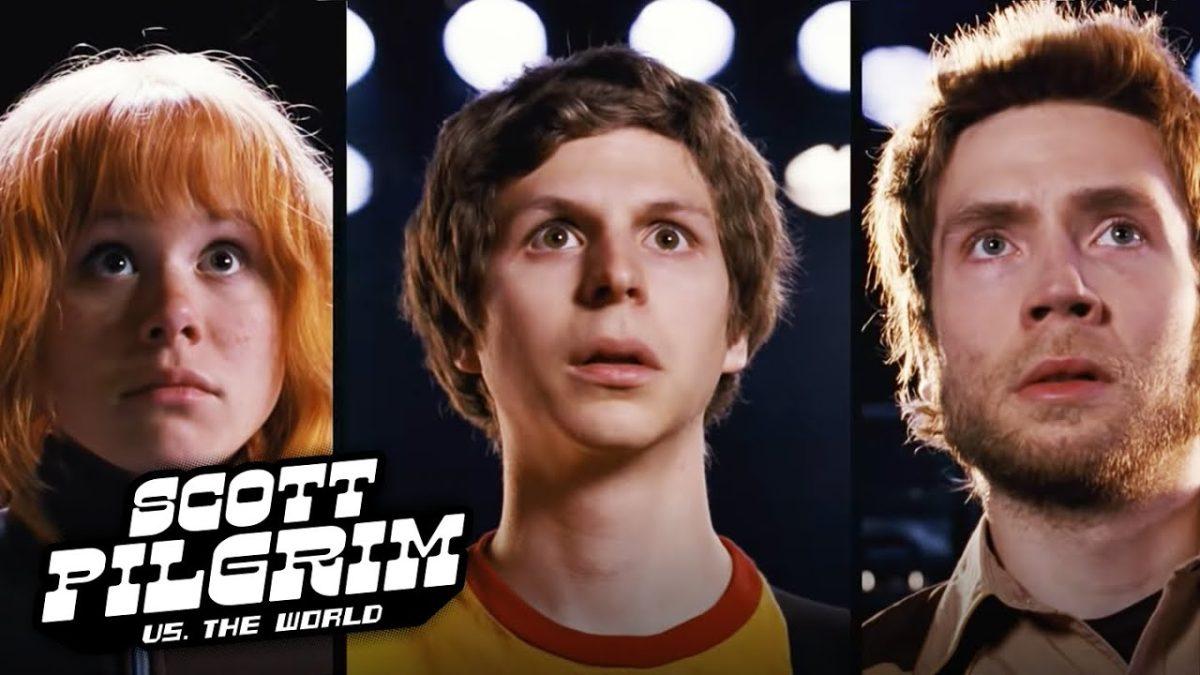Perhaps more than any other film in the genre of comic book adaptations, “Scott Pilgrim vs. the World” is the closest to visually replicating the medium of comics and graphic novels. Only someone as playful and inventive as Edgar Wright could have done it justice in what is one of the best marriages of director and source material. Over the past decade, the film has garnered a sizable following despite performing poorly at the box office. It is, in some ways, unsurprising that it was met with such a dismissal response upon release, as it was (and is) a comedy unlike anything that came before it or has come out since.
“Scott Pilgrim” is clearly an ode to geek and slacker culture, chock full of pop-culture references. The filmmakers have a clear love of indie rock and retro video games, as well as an understanding of the inner turmoil of the emotionally stunted 20-something who never truly excelled at anything beyond an unmitigated devotion to fandom and “alternative” culture. Instead of the self-deprecating tone that many films in this subgenre take, “Scott Pilgrim” stays consistently and refreshingly light. Instead of dwelling on the existential misery of its characters, the film leans into the fantastical style of the original comic. The colorful visuals contrast with the anxieties and aimlessness of young adulthood give the film a unique personality. “Scott Pilgrim” is a kind of spiritual cousin to the independent American films of the 1990s which explored many of the same themes, such as “Slacker” or “Clerks,” albeit with a much more stylized flair. It remains a clever twist on a subgenre that has gone stale with monotony. Instead of having its characters simply talk about video games and alternative rock, the characters view themselves in that context. Scott is the hero of his own story, despite having a story that is immensely unremarkable.
Edgar Wright’s direction is also something that sets “Scott Pilgrim” apart from other comic book movies. His British sensibilities have always helped him create visual humor that is not as common in American comedies. The script never goes for the most obvious or the easiest jokes, instead playing with the audience’s expectations and often flipping those expectations on their heads. He experiments with the aspect ratio to make the frame resemble the page of a comic book, and adds clever yet subtle animation to flesh out the more cartoonish aspects of the film (like when Ramona leaves a trail of melted snow behind her when rollerblading). The composition and framing resembles strips from the original graphic novel, and the effects are very well integrated into the environment. Every shot reflects the thought Wright put into creating this movie.
The filmmaking of “Scott Pilgrim vs. the World” is undeniably impressive, even 10 years later. It has the stamp of a truly creative team of filmmakers, and the direction is sharp and full of wit. It remains a high point in a director’s filmography which is already full of highlights. After a decade, it is still as funny, inventive and stylish as it was when it came out. Thankfully it has found its audience, and will continue to do so as it cements itself as one of the best films of the past 20 years.
‘Scott Pilgrim’ still great 10 years later
September 18, 2020
Photo by Creative Commons
“Scott Pilgrim vs. the World” was released in theaters on August 13, 2010.
0
Donate to The Battalion
$810
$3500
Contributed
Our Goal
Your donation will support the student journalists of Texas A&M University - College Station. Your contribution will allow us to purchase equipment and cover our annual website hosting costs, in addition to paying freelance staffers for their work, travel costs for coverage and more!
More to Discover
















